A Man Of The Times
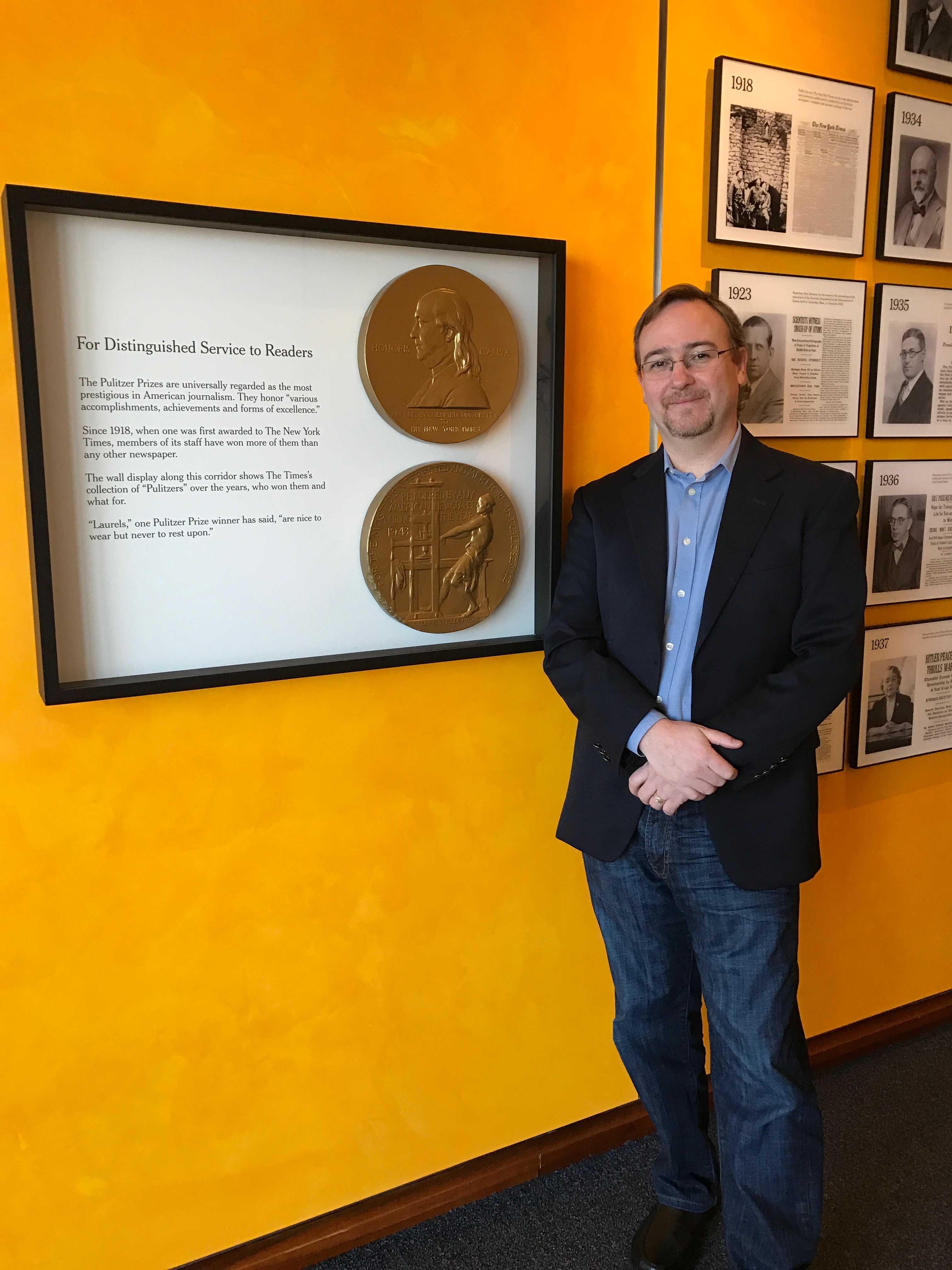
It was a pretty special morning yesterday. Somewhat unexpected, and most definitely special. This story starts 4 or 5 years ago on a crazy aviation geek voyage I helped plan. That trip saw us on the first chartered 787 flight in history. In retrospect, it starts a lot earlier than that, to the late 80s/early 90s and a young boy living in Westchester County, NY. It’s not necessarily a story about travel, but it emphasizes the reasons why I write, and also why I enjoy reading.
Our local newspaper was the Daily Item. It’s the paper I grew up reading the Sunday comics in. When I got a bit older and started checking out books from the adult library, I learned about the New York Times.
It was tough for me to read at first, and most of the articles seemed boring. I was a young kid who didn’t care about politics or finances. Where were the comics? As I grew older, I became a regular reader of the New York Times. I never really thought of it as the worldwide publication it was/is. I was a New Yorker, and it was my paper. Even when I moved to DC I preferred to read the New York Times. The Washington Post was fine for local news back before the onset of internet news. But the Times was where I learned about the world.
It was back on that crazy aviation geek experience that I met Stephanie Rosenbloom. She’s been a columnist for the Travel section of the New York Times for as long as I’ve known her, writing mostly for The Getaway.
I hadn’t seen Stephanie in years, but we’ve kept in touch. She’s quoted me in a few columns, including one on the American Airlines/US Airways merger and another about dissecting airline fare classes. Needless to say, it was a pretty big thrill for me to see my name in the New York Times. I never expected that would happen.
I was in NYC on other business and checked with Stephanie to see if she was around. She had some free time and offered to give me a tour of New York Times headquarters while we caught up a bit. She bought me a cup of coffee while we sat and caught up on a wide range of topics. Stephanie asked if I wanted to tour the newsroom. Um, yes!
We stopped by her desk before heading out for a tour. I was excited to see a variety of travel books, including Fodors parked on her bookshelf. We both agreed that sitting down with a physical book and researching a destination is an integral part of our trip planning. Stephanie also sported a set of Mickey Mouse ears on her desk, which jibes with the fact that she’s a self-avowed Disney fanatic.
It was interesting to wander through the different departments, noting the unique work styles of the departments and the sheer number of folks working on the business of publishing. I asked if I could take a picture, which wasn’t a problem. No question I was acting like a bit of a groupie. Newspapers report news in a much different way today. Not long ago there was a time when the folks in charge of the major sections of the paper got together in a room to decide what would grace the front page of one of the most recognizable publications in the world.
We also toured the news department where they curate a bit of history about the Times. Stephanie notes that they rotate different images and themes on the walls. We walked through political cartoons from around the time that they published the Pentagon Papers. It was an interesting walk through history.
As we finished the tour she brought me up to the 15th floor. Stephanie explained that the New York Times dedicates a long hallway to the vast number of Pulitzer prizes the journalists have earned since the inception of the paper (over 100, in case you were wondering). As we turned the corner, Stephanie and I ran into a gentleman standing in the hallway, apparently waiting for someone.
That gentleman was Arthur Sulzberger, Jr. If you don’t enjoy a daily newspaper the way I do (that crisp feeling the pages have before anyone has read it) the name might not be familiar. Mr. Sulzberger serves as the Publisher of the New York Times and Chairman of the parent company. He followed in the footsteps of his father, who served in the same roles for many years.
Arthur was warm and inviting, greeting Stephanie and then shaking my hand to introduce himself. Stephanie noted that she was giving me a tour and showing me the Pulitzer wall. He couldn’t have been more inviting. He noted the vast amount of history on the wall. Then, he asked if we wanted to know which was his favorite from the generation of Pulitzer winners that worked before he took the helm of the paper. I thought it was an interesting distinction. In a way, I believe he was respectfully declining to show favoritism to his current colleagues, much in the same way a parent doesn’t pick a favorite child.
He turned to a young lady who was further down the hall, asking if his guests had arrived yet. She confirmed they hadn’t, and he asked her to let him know when they did arrive. He then invited us to walk down the hallway with him. As we were walking down the hall, the gentlemen he was meeting with appeared in front of us.
He shook their hands and said a quick hello. I felt like I was supposed to fade into the wall and let these gentlemen go on their way. After all, I figured whatever they had come to meet Mr. Sulzberger for was likely a tad more important than our walk down the hall.
He noted to his guests that he was showing his colleague, Stephanie and her guest his favorite Pulitzer from the early days of the Times. He then introduced us to the gentlemen and continued to walk down the hall.
That’s where I learned the story of “Atomic Bill”. William Laurence’s assignment in 1945 was to chronicle the Manhattan Project. He had no contact with the Times or even his wife for a period of time while observing the project. It culminated with him riding on one of the escort planes tasked with the mission of dropping the bomb on Nagasaki. You can read more about his history on the Time website and read his account, “Atomic Bombing Of Nagasaki Told By Flight Member“. I can only imagine what it was like to report the news in such a time of unbelievable conflict.
With that brief bit of history explained, Mr. Sulzberger had a meeting to attend. He politely excused himself, shaking my hand as he and his guests departed for their meeting. At the far end of the hallway Stephanie and I paused at a replica of the Pulitzer.
The New York Times, like many news organizations, is trying to navigate through the sea change in how we consume news. Smartphone alerts, tweets and Facebook posts replace the late edition and a corner newsstand. Stories have moved and changed by the time a print edition hits the streets. Arthur Sulzburger stands at that crossroads with other prominent newspapers, trying to find their way in the next century of news.
And yet, he took that moment with us yesterday to remark on history. It was an unexpected and humanizing moment for a man with many priorities. Before yesterday, to me he was a man running a century old news organization, crafting a vision for the future. I’ve seen plenty of large companies where executives find it easy to walk past colleagues and strangers without acknowledgment. His brief interaction with us yesterday was anything but that, created an unforgettable moment.
I can’t say how thankful I am for the time Stephanie took yesterday. She’s an incredibly fun voice in the world of travel and was very generous with her time showing me around NYT HQ.
I hold no illusions of earning my own Pulitzer someday. But, as a fan of great writing, yesterday was a day to remember.
The post A Man Of The Times was published first on Pizza in Motion


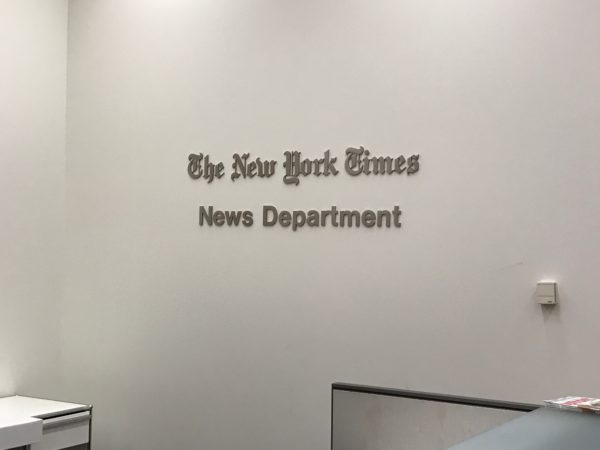

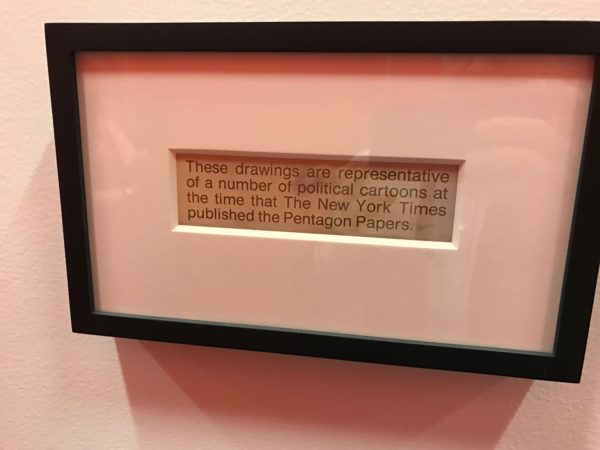
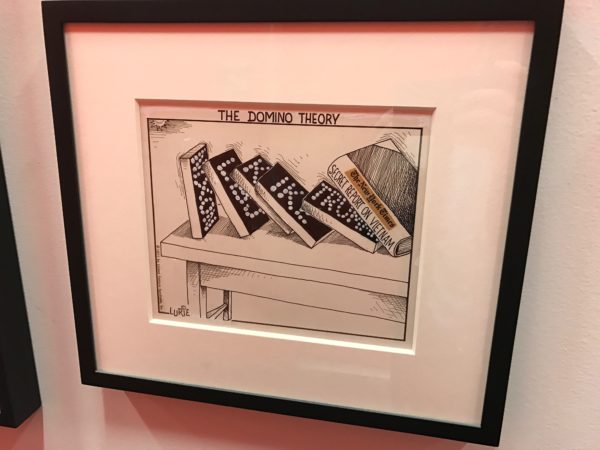
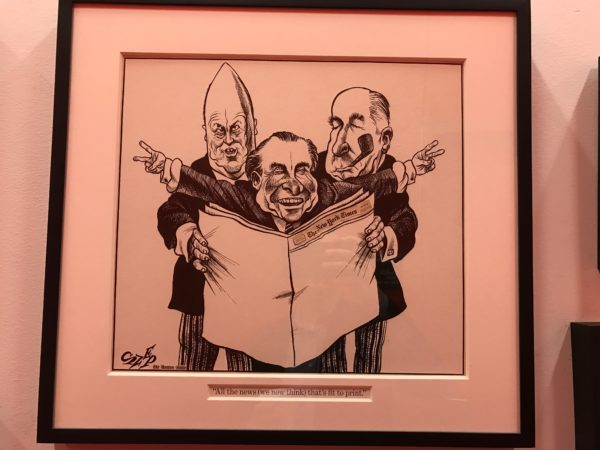
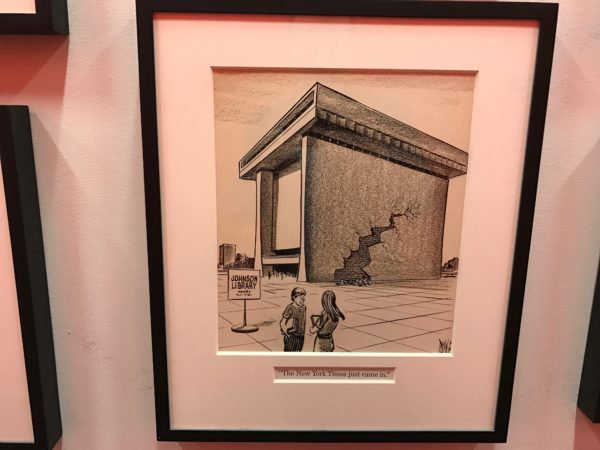
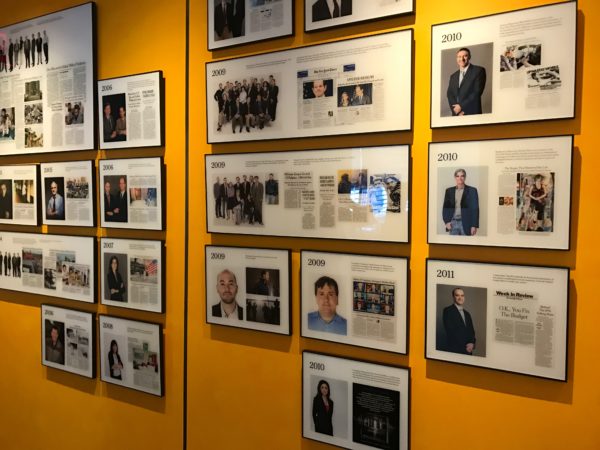
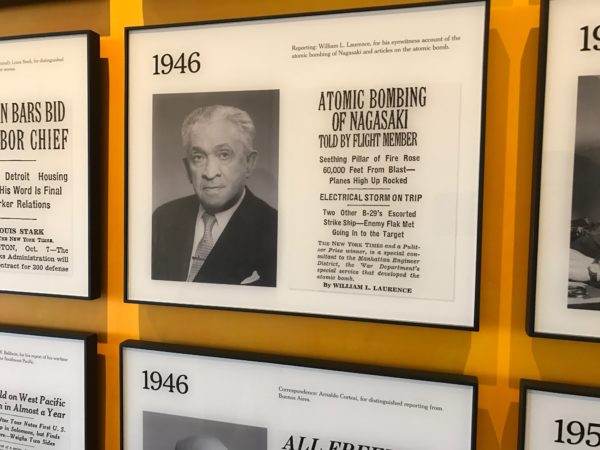
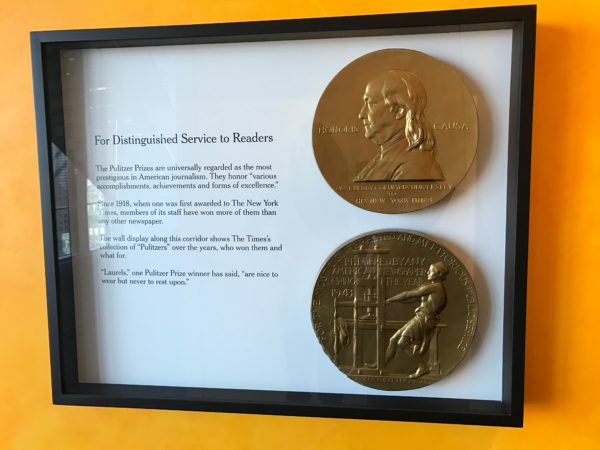
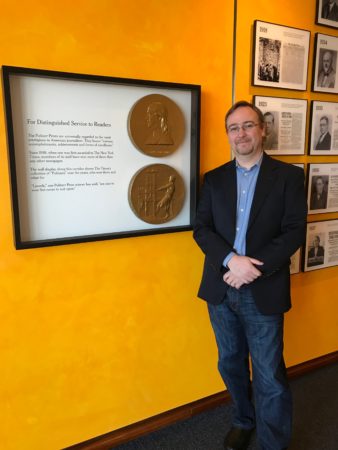
When can you arrange my tour? I’ve always admired Stephanie. I bet she’s much prettier in person. As for the Daily Item, that morphed into the Journal News, aka lohud.com
dhammer, Stephanie and I actually discussed arranging a tour for bloggers and travel geeks. So, maybe….
Great piece Ed!
Thanks, Clint. It was a real treat for me.
nice article …only problem is some people only read the NYT and only get the one sided news…the left one!!!!!!
dot, I read more than the NYT. Plus, I generally ignore most things that have an opinion. Generally choose to form my own.